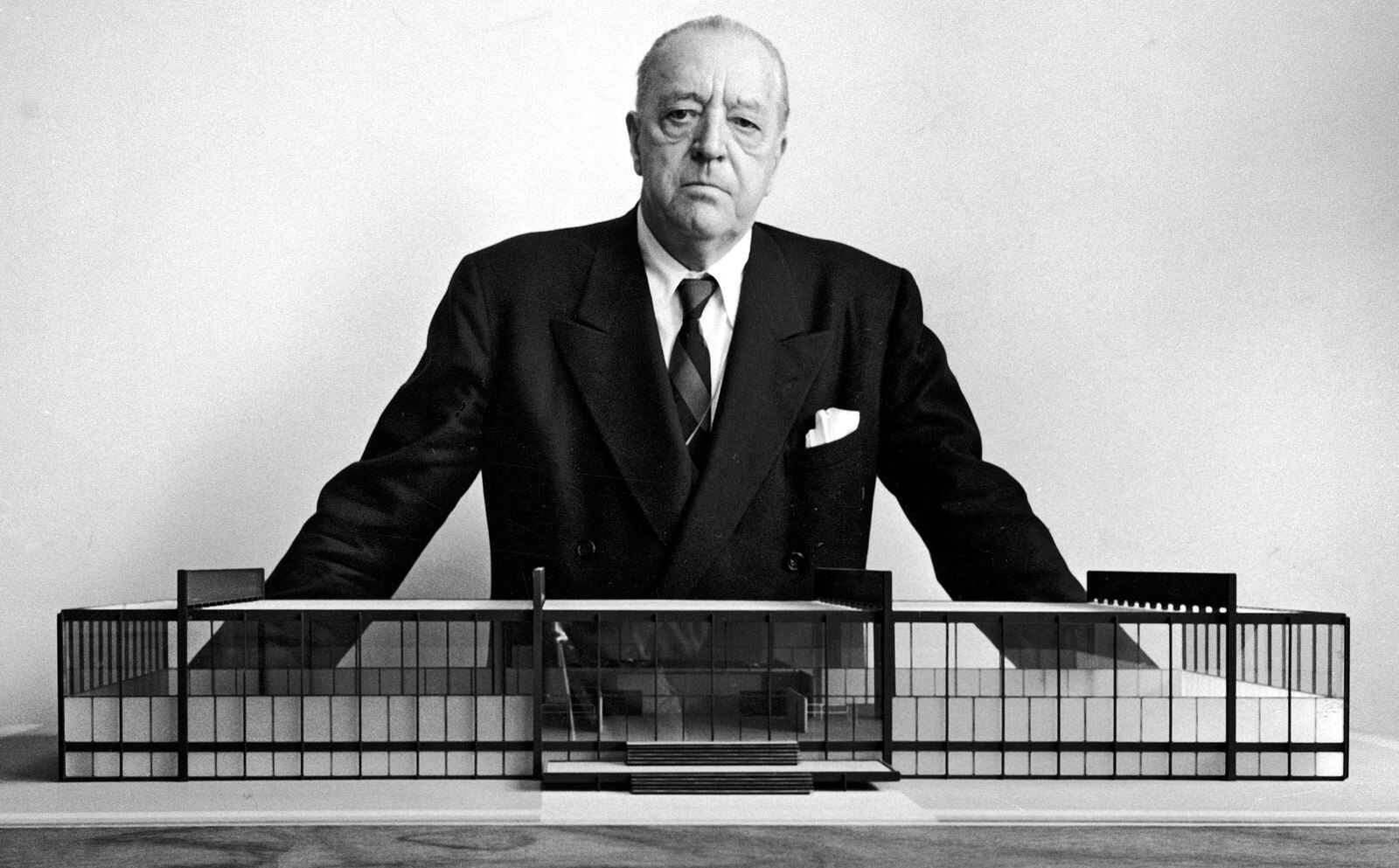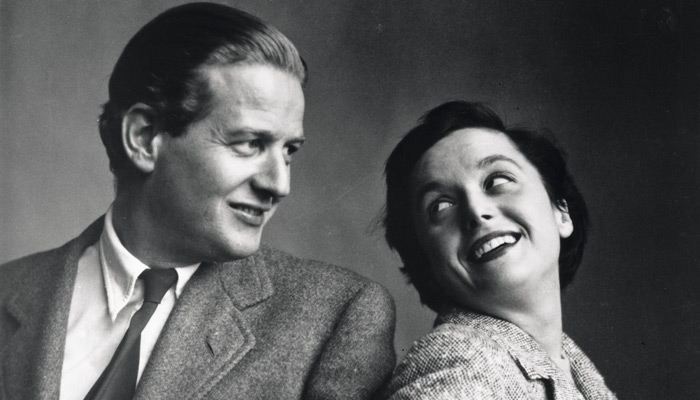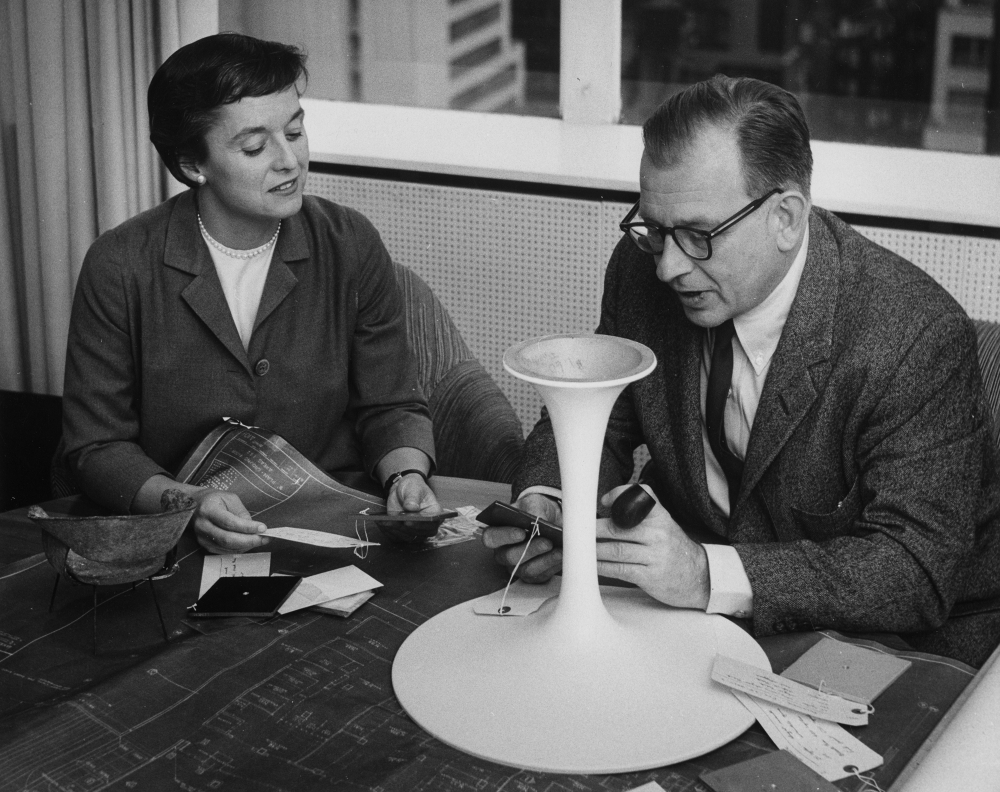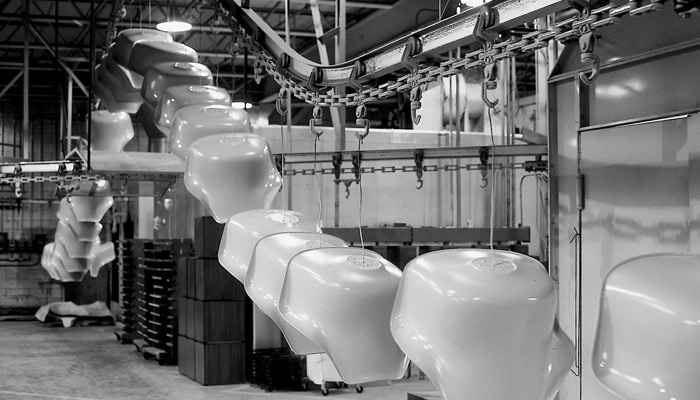The Knoll dynasty | History and design between the two worlds
The history of design is also often the story of great enterprising and ingenious families, who through the different generations have impressed an indelible mark on this discipline. Among them, the singular story of the Knoll family stands out, capable of giving its name to two large companies that are still at the top of the market, located in two different continents.
The history of this family has its roots even in the second half of the nineteenth century, just before German unification, when the young Wilhelm Knoll opened his leather shop in Stuttgart. Wilhelm had lived in Paris for a long time, already in the era of world fashion, and his activity soon became one of the main in the city, until he became an official supplier of the royal house of Württemberg.

At the beginning of the twentieth century Wilhelm’s children, Willy and Walter, continued their father’s activity and broadened their horizons, also dedicating themselves to the creation of armchairs and leather seats. The introduction to Germany of the classic club armchairs on the English model dates back to them, which achieved great success in the years preceding the Great War. In the excited period of the Weimar Republic, the two Knoll brothers also decided to split up, with Walter who in 1925 went on to found his own company while Willy continued to drive the Wilhelm Knoll.
It was then that Walter Knoll & Co. was born, a name that became synonymous with luxury for generations of Germans. Its elegant leather upholstery are rightly among the symbols of an era of refinement and contradictions, the one between the two World Wars, where great fears and bold visions of the future coexisted, Bauhaus and Nazism. And with both Walter had the opportunity to confront, furnishing the interiors of the famous Zeppelins and other courageous projects by Ludwig Mies van der Rohe.

In 1937 another turning point, another great separation was reached. Walter’s son Hans decided to move to the United States to import and promote European design, inevitably starting from his father’s productions. Restless and visionary spirit, Hans had embraced the theories of modernism with greater determination than his father, working for many years in London before deciding to cross the Atlantic, as many great Bauhaus masters fleeing from Nazism had done before him.
After only one year Hans decided to found his own company in New York to devote himself to the production of his beloved modernist style furniture: Knoll Associates was born. In an America still far from fully appreciating this style, Hans set himself an arduous and ambitious goal, but was greatly helped by the growing demand for furniture for public offices promoted by the Roosvelt New Deal. His first companion in this adventure was the Danish designer Jens Risom, who was soon joined by the young Florence Schust, favorite pupil of the famous architect Eliel Saarinen.

A name that would have become familiar to all design lovers, but in another form: Florence Knoll. In fact, it wasn’t long before the marriage between the two, driven by common ideals and great synergy. Hans, an excellent salesman, took over the commercial part, while Florence was in charge of the artistic direction of the productions. It was she who introduced Eero Saarinen, son of her mentor Eliel and creator of some of the greatest hits such as the Tulip table and chair series, to the company, while it was very likely that Hans supported the collaboration with the great German exile Mies van der Rohe.

While Hans and Florence thrived, competing with Chicago’s Herman Miller in laying the foundations of the new American modernist design that would mark an era, Willy and Walter were on the verge of collapse in Germany. With the start of the war, they had to convert their entire production into war material and their factories had been severely bombed. In 1947 Hans, still very close to his father, sent his friend Jens Risom to Europe to help him and his uncle Willy recover. Since the advent of the post-war economic boom, they gradually resumed a central role in German industry, only to reunite their paths in the 1980s, when Walter Knoll purchased Wilhelm Knoll.
But Hans didn’t have time to see any of this: he died prematurely in 1955, just forty-one years old, due to a car accident. Florence, left alone, did not lose heart and continued to carry on the company with prudence and courage, leading it to ever new goals and making the “Knoll Style” almost proverbial which revolutionised the image of the American interiors several times and accompanied the nation through a series of epochal changes.

Daughters of two different conceptions of design – and perhaps also of the world – the two companies continued throughout the second half of the twentieth century to shine with their own light, and still continue. Walter Knoll (currently led by the Benz family, another great German furniture dynasty) appears every year in the top positions of German Luxusranking, alongside brands such as BMW or Montblanc, while the American Knoll is at the top of one of the largest world design groups, an international giant with a widespread presence in all the major capitals of the world.